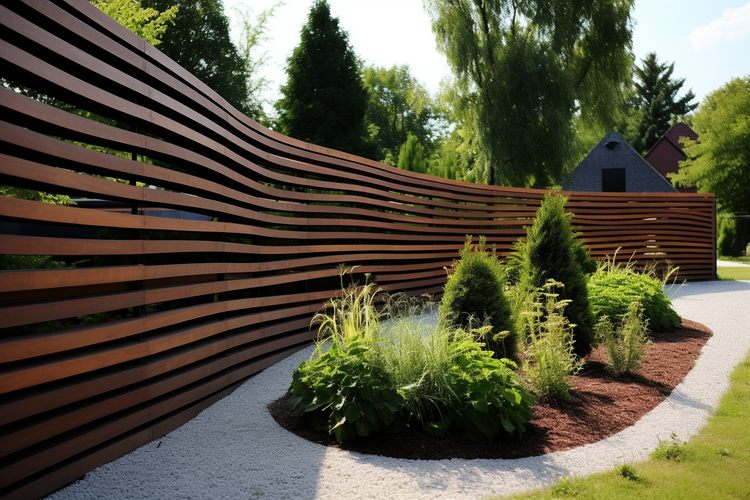Illuminating Your Outdoor Space: A Complete Guide to Solar Lights
Solar lights have revolutionized outdoor lighting by combining energy efficiency with practical illumination. These sustainable lighting solutions harness sunlight during the day to provide reliable illumination throughout the night, making them an increasingly popular choice for homeowners looking to enhance their outdoor spaces while minimizing energy costs.

Understanding How Solar Garden Lights Work
Garden solar lights operate through a simple yet effective process. During daylight hours, the solar panel converts sunlight into electrical energy, which is stored in the battery for nighttime use. Most garden solar lights use LED bulbs, which provide bright illumination while consuming minimal power. The photocell sensor automatically triggers the light to turn on at dusk and off at dawn, ensuring efficient operation without manual intervention.
Choosing the Right Battery for Solar Lights
The battery in solar lights plays a crucial role in their performance and longevity. Most solar lights use rechargeable NiMH (Nickel-Metal Hydride) or Li-ion (Lithium-ion) batteries, which typically last 1-2 years before requiring replacement. For optimal performance, look for lights with high-quality batteries that offer at least 8-10 hours of illumination on a full charge. Regular maintenance, including cleaning the solar panels and replacing batteries when needed, ensures consistent performance.
Essential Features of Good Garden Solar Lights
When selecting good garden solar lights, several key features deserve attention. Look for models with durable, weather-resistant construction that can withstand various environmental conditions. High-quality solar panels and efficient LED bulbs contribute to better light output. Consider the brightness level and beam angle appropriate for your specific needs, whether it’s pathway lighting, accent lighting, or security illumination.
Creative Ways to Incorporate Solar Lights with Fences
Fences with solar lights offer both practical illumination and aesthetic appeal. Popular installation options include post-cap lights that mount directly on fence posts, hanging lights that attach to fence panels, and string lights that can be woven through fence sections. For maximum impact, space lights evenly along the fence line and consider mixing different styles to create visual interest.
Comparing Top Solar Light Options
| Light Type | Best Use Case | Average Runtime | Price Range |
|---|---|---|---|
| Path Lights | Garden walkways | 6-8 hours | £15-30 each |
| Post Lights | Fence mounting | 8-10 hours | £20-40 each |
| String Lights | Decorative lighting | 6-8 hours | £25-50 per set |
| Security Lights | Motion detection | 8-12 hours | £30-70 each |
Prices, rates, or cost estimates mentioned in this article are based on the latest available information but may change over time. Independent research is advised before making financial decisions.
Maximizing Solar Light Performance
To ensure optimal performance from your solar lights, proper placement is essential. Position lights where they receive direct sunlight for at least 6-8 hours daily. Regular cleaning of solar panels prevents dust and debris from reducing charging efficiency. During winter months, consider adjusting light positions to compensate for reduced daylight hours and lower sun angles.
Solar lights offer an environmentally friendly and cost-effective solution for outdoor lighting needs. With proper selection and maintenance, they can provide reliable illumination while adding beauty and security to your outdoor spaces. Whether lighting pathways, highlighting garden features, or illuminating fences, solar lights combine practicality with sustainable technology.






